
Peoples and Languages
Social Media
Leave comments, suggestions, keep an eye on news in our groups on VK, Odnoklassniki and Telegram channel


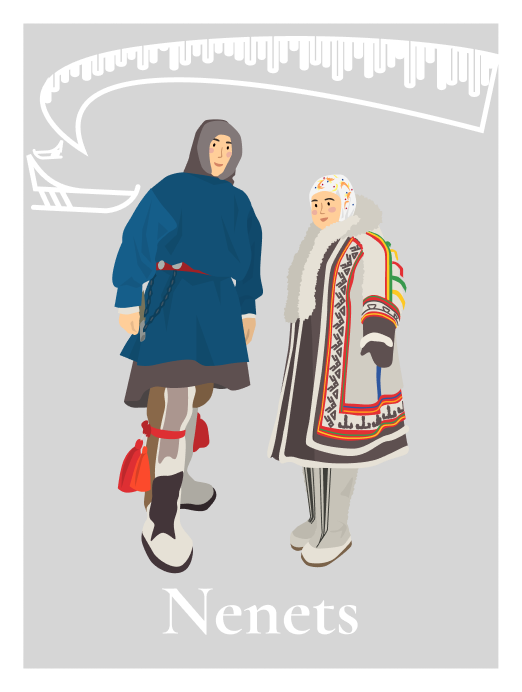
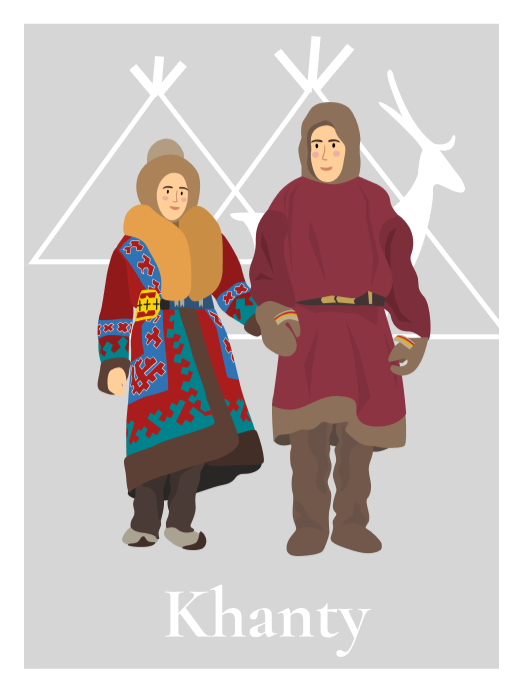


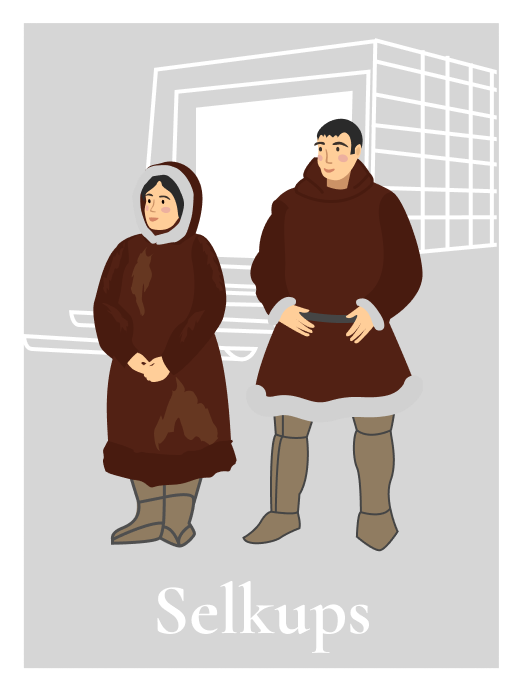
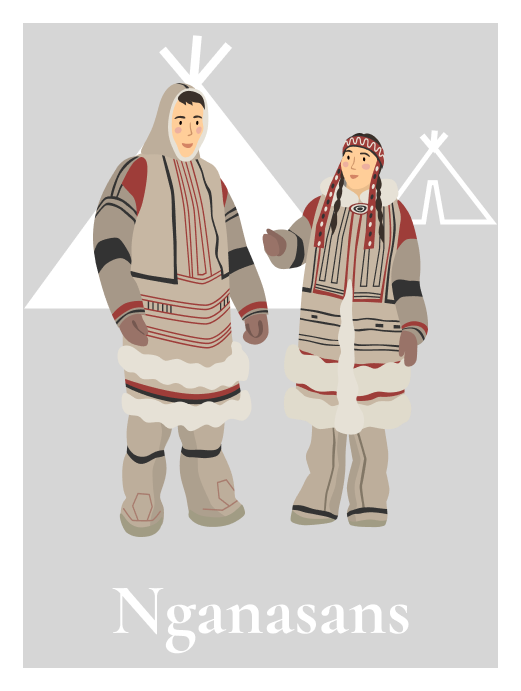
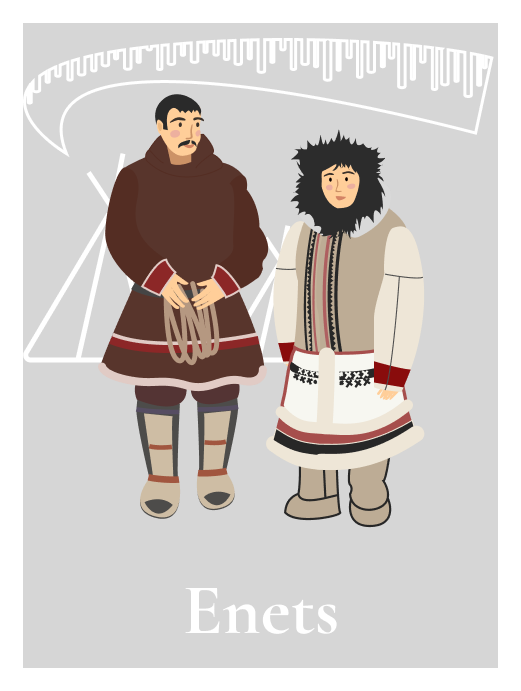
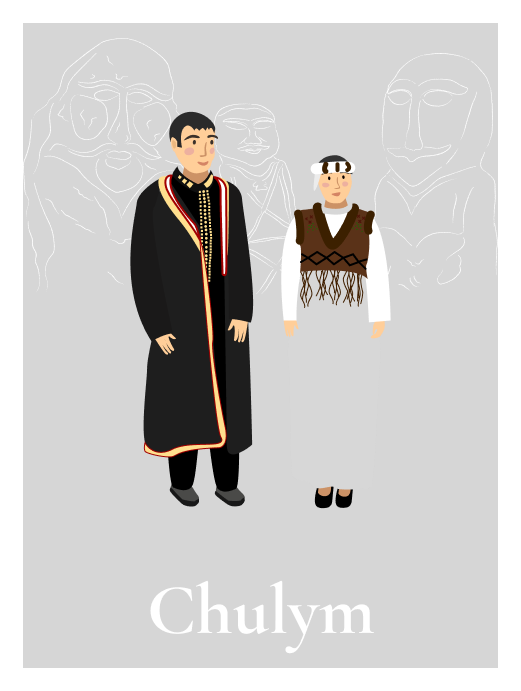
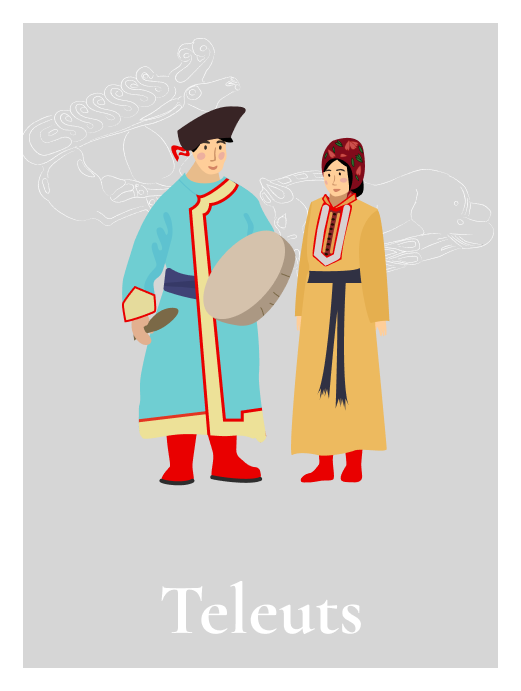


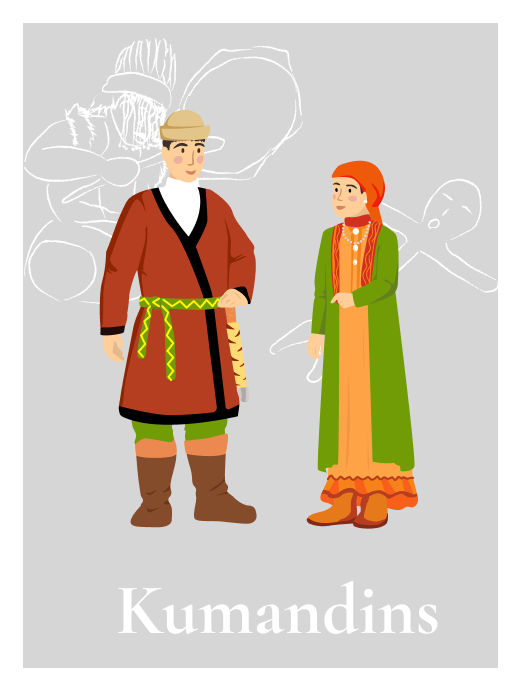

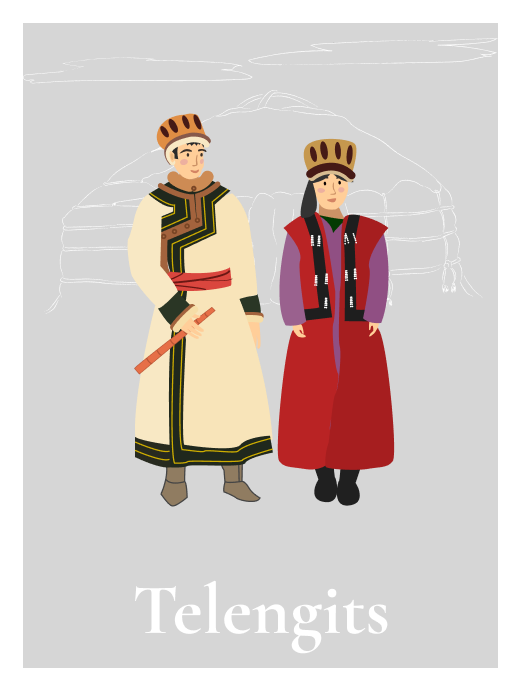

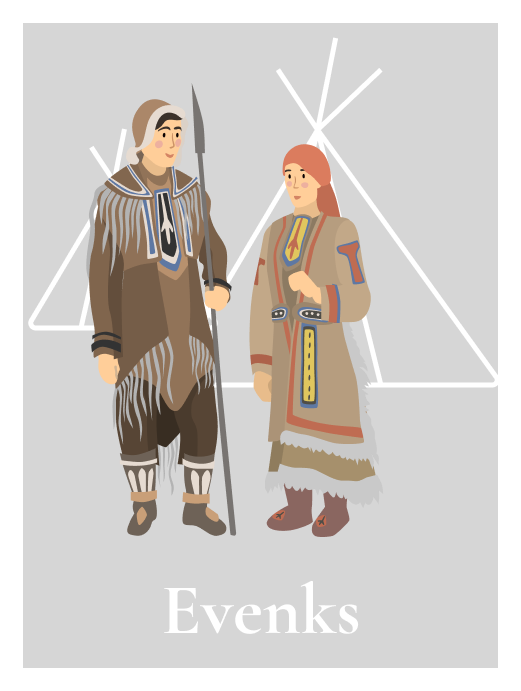
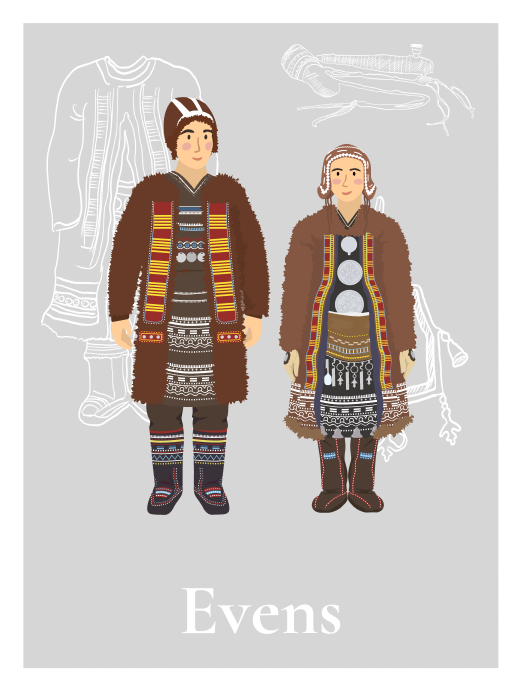
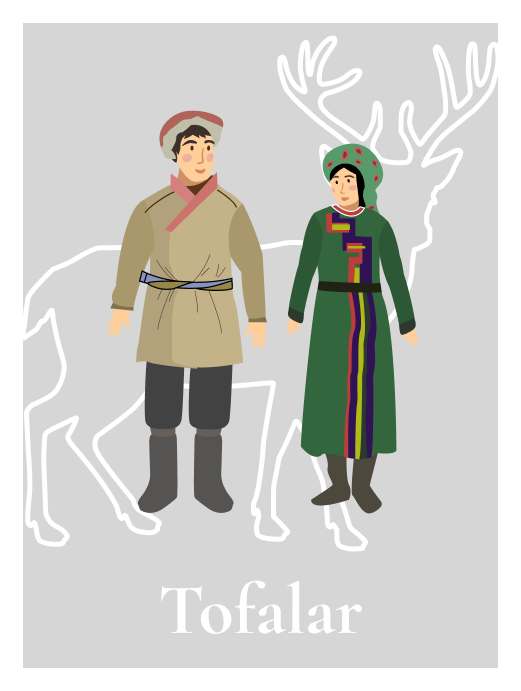
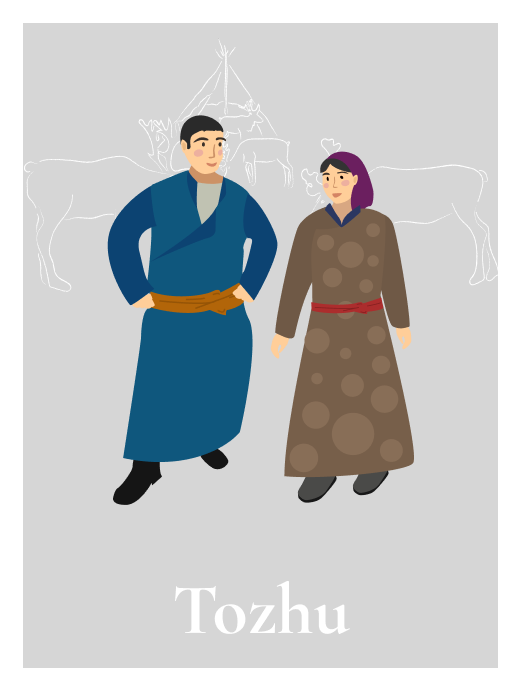
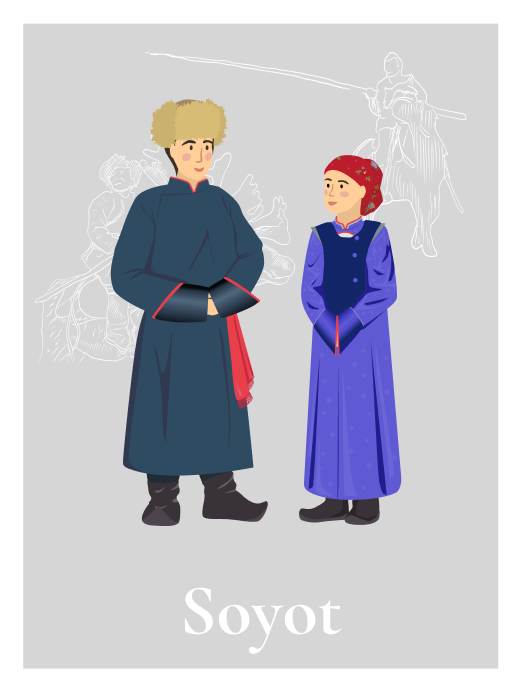
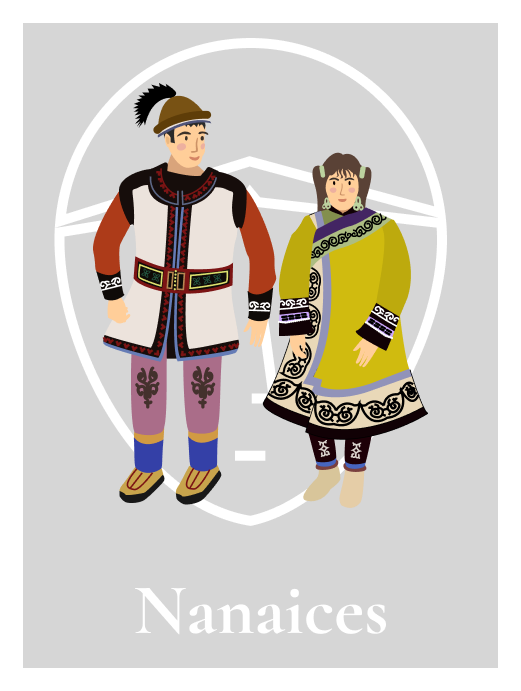
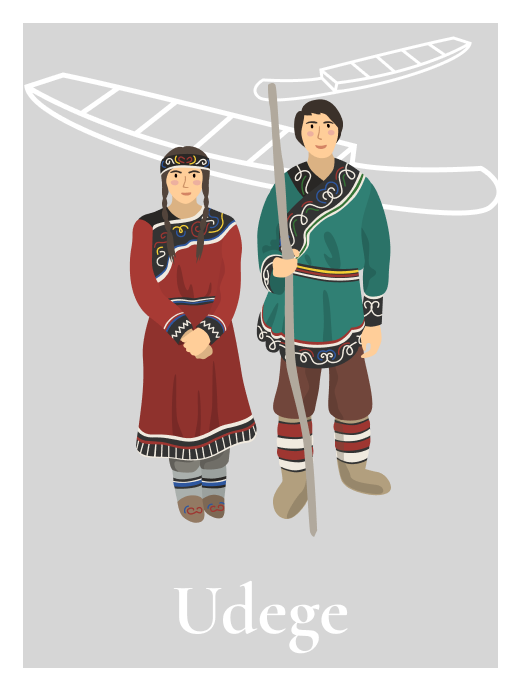

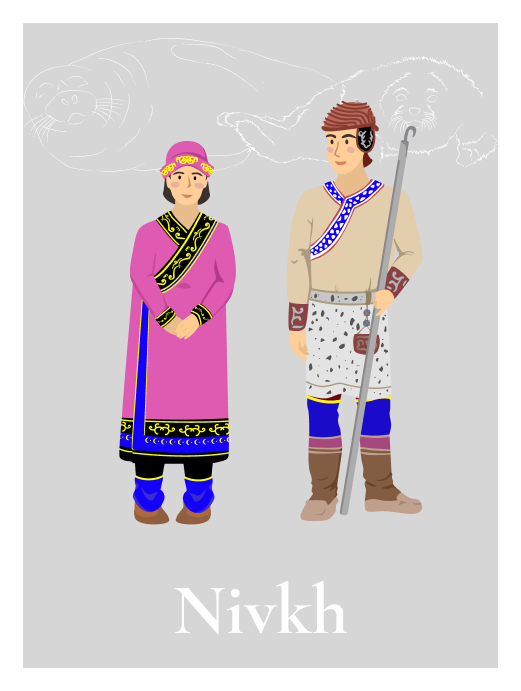
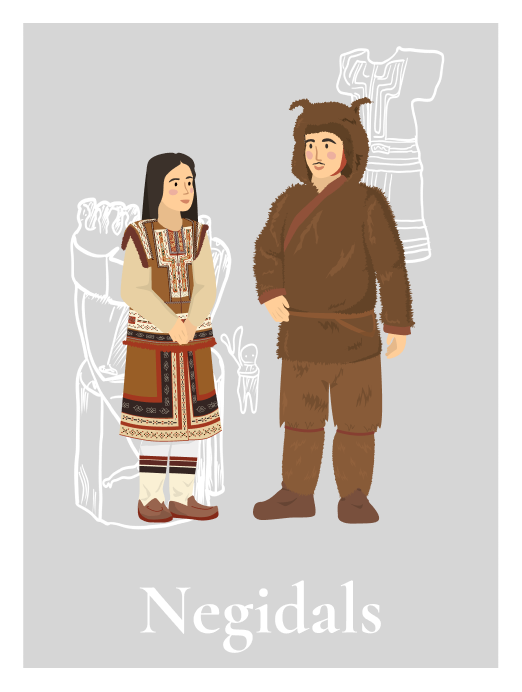
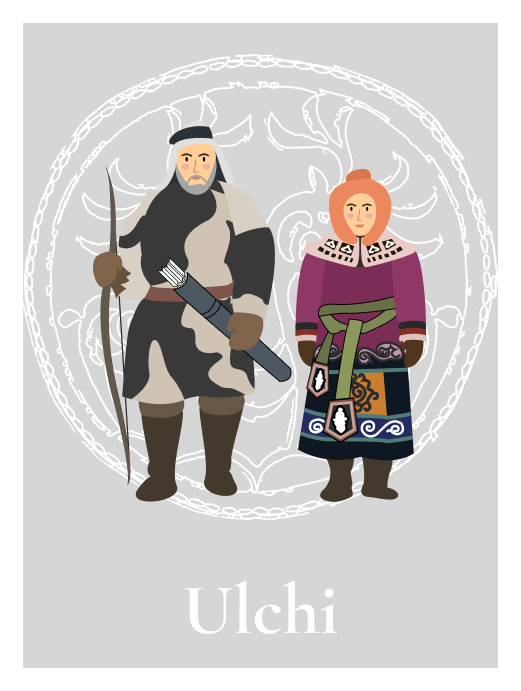


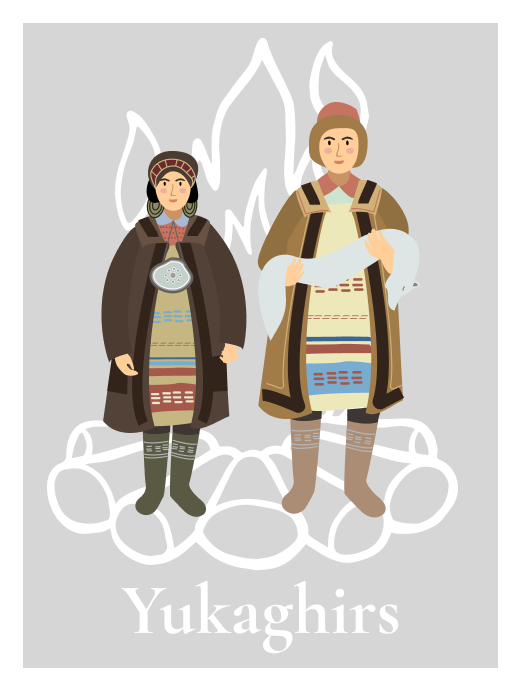
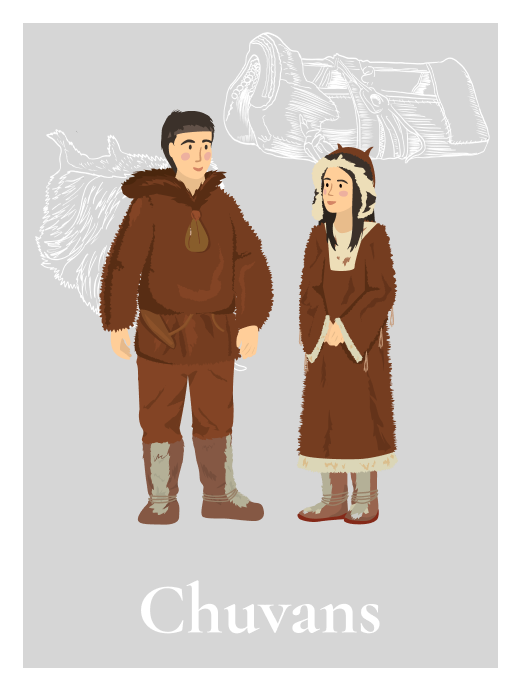
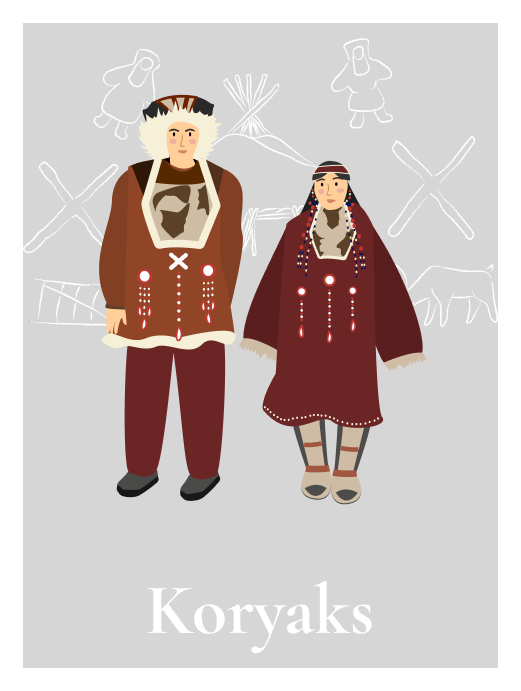

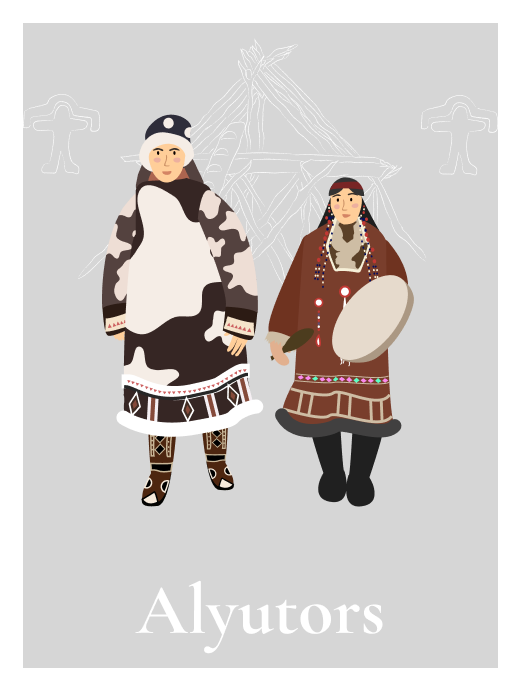


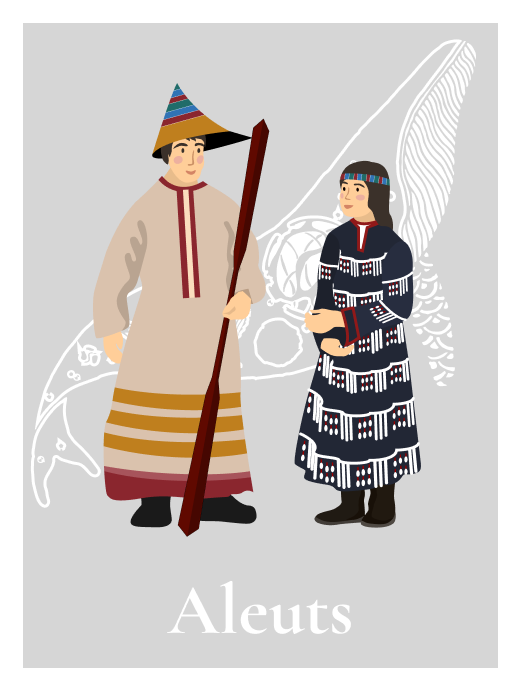

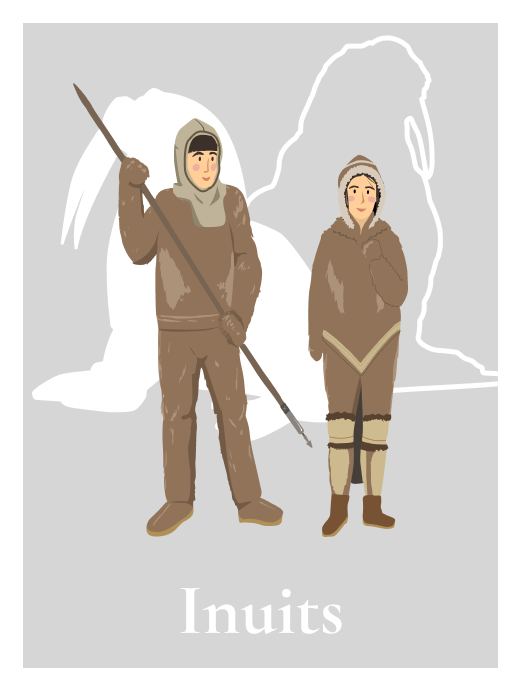
Currently its main name is the Ket language, brought into academic use in the early 20th century. Its base is the Ket word for a human being (ke’t) From M.A.Castren’s time (mid-19th century) to the late 1930s, the name of the Yenisei Ostyak language was in use. Its endonym is ostyganna ka’ (literally “word of Ostyaks”).
Number of speakers: 199 people. Source: those who recorded speaking the language in the 2010 Census. Number of speakers in traditional settlements according to the 2010 Census: _ people. Source: the 2010 Census. The size of the ethnic group (according to the 2010 Census): 1219 people

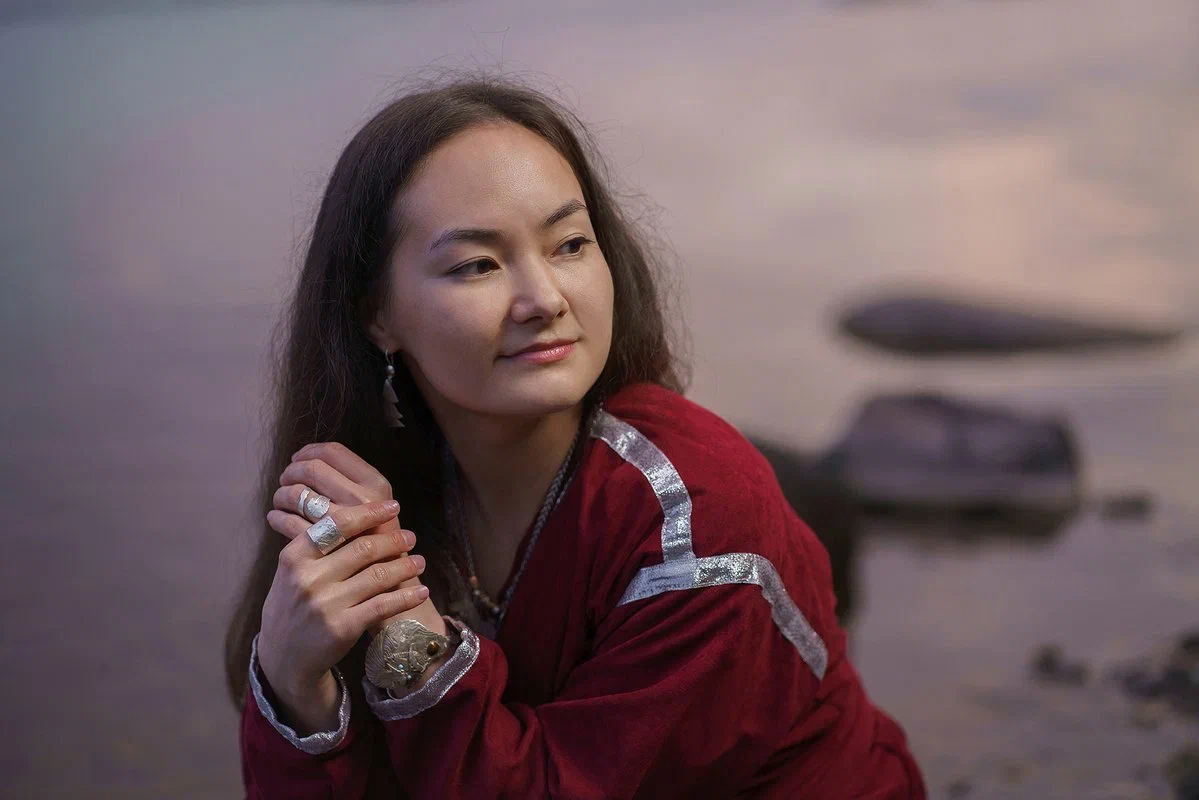
One has to point out that the number of Ket speakers in the 2010 Census is exaggerated. Our estimates based on a series of sociolinguistic research projects from 1996 to 2015 in various settlements of Krasnoyarsk Krai suggest that the number of those who could speak Ket to some degree (from being fluent in it to just being able to say a few phrases) in 2010 was no higher than 60 (5 percent of the total number of Kets): the majority of Ket speakers were concentrated in the settlement of Kellog in Turukhanski District and spoke the Yloguysk sub-dialect of the southern dialect. There were only a handful of speakers of the central and northern dialect left. The youngest speaker of Ket were 40 back then, the majority were over 55-60.